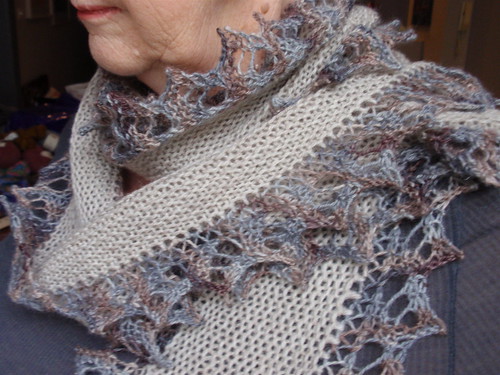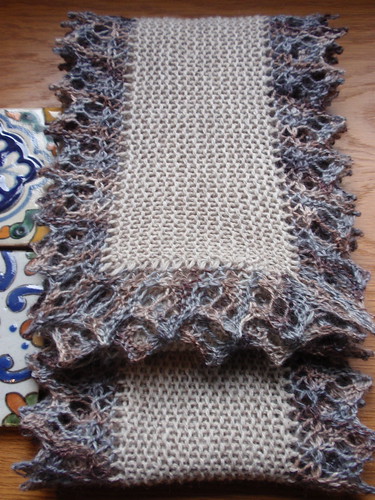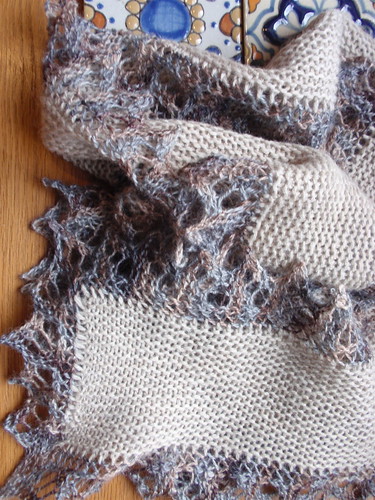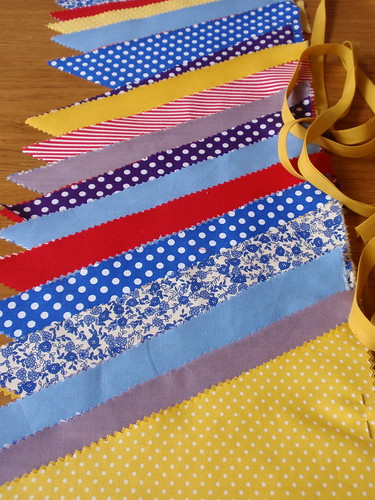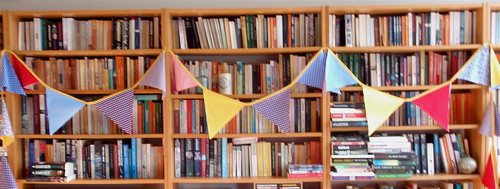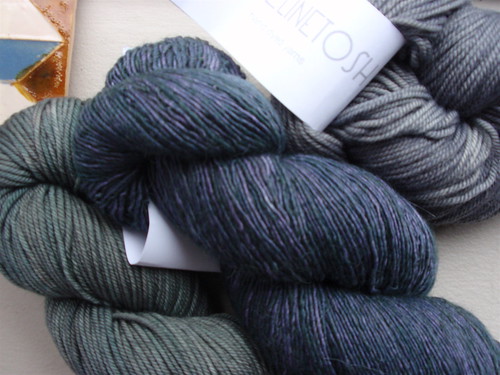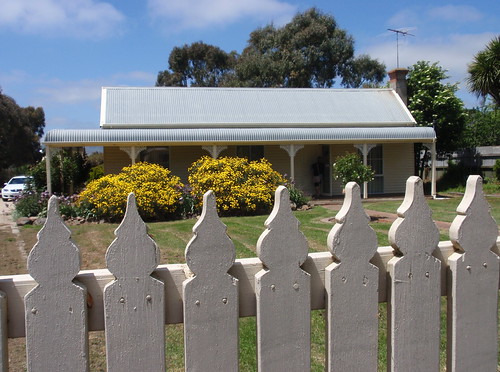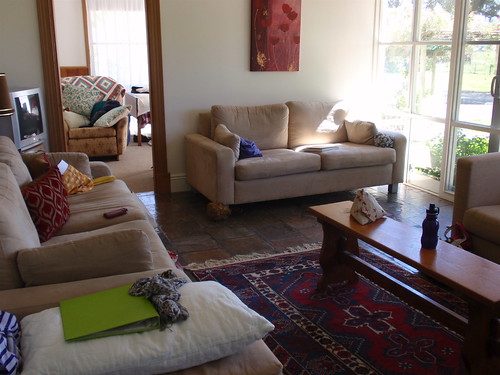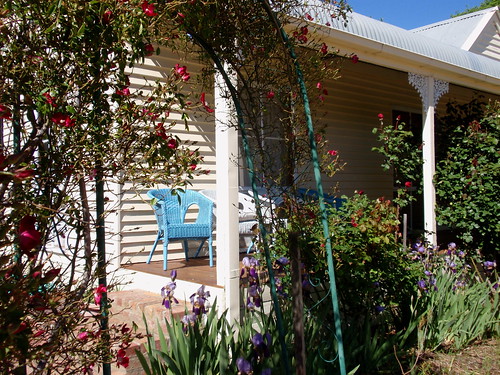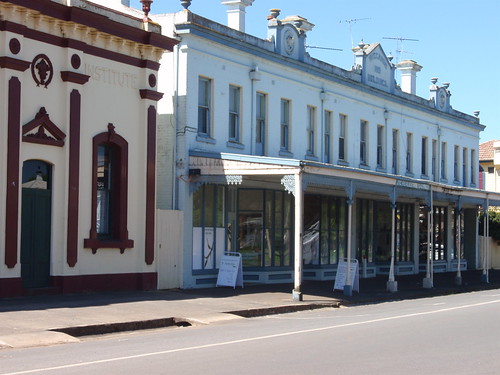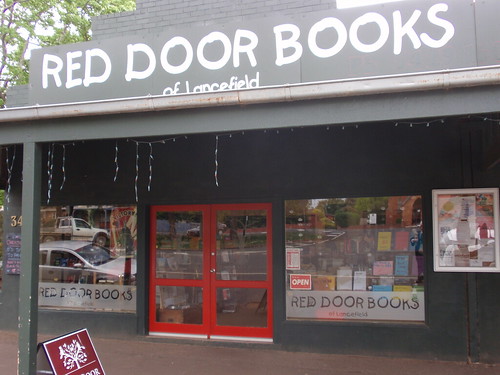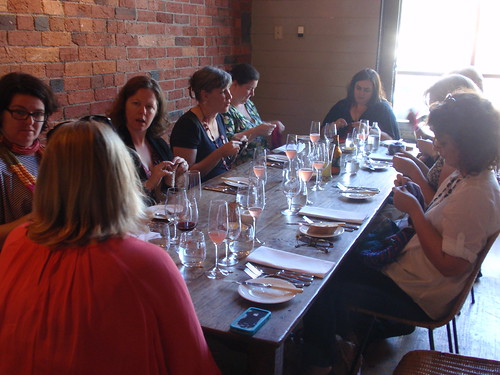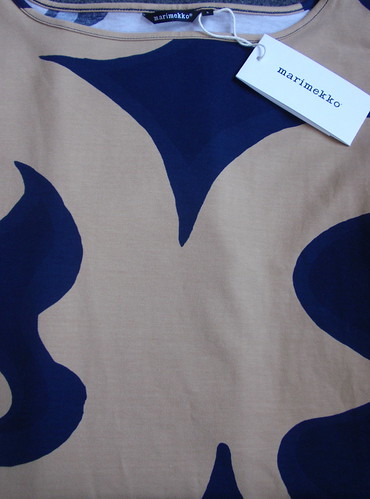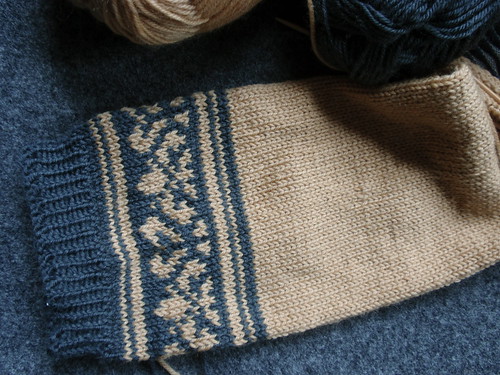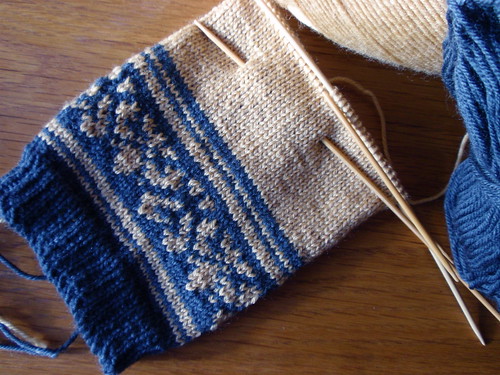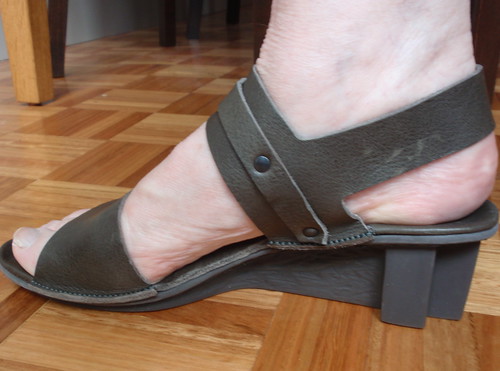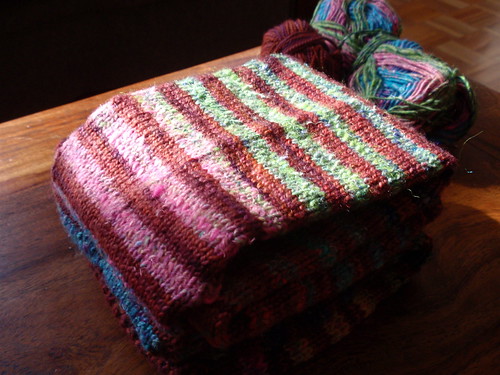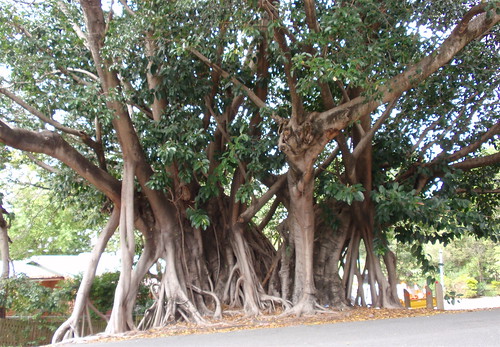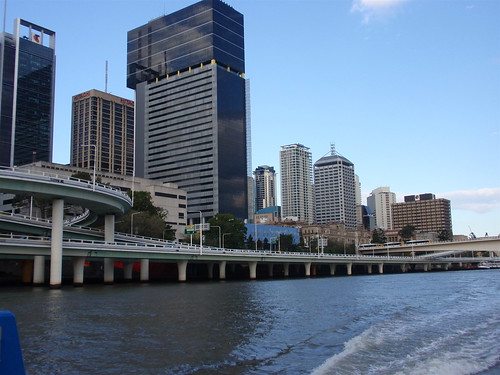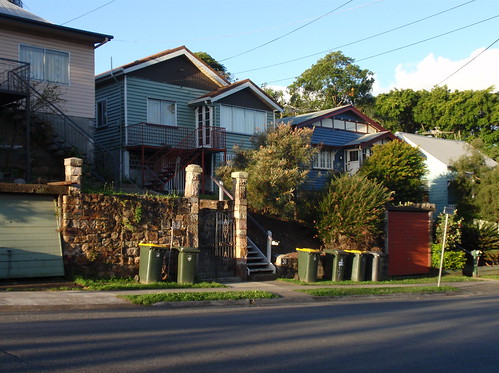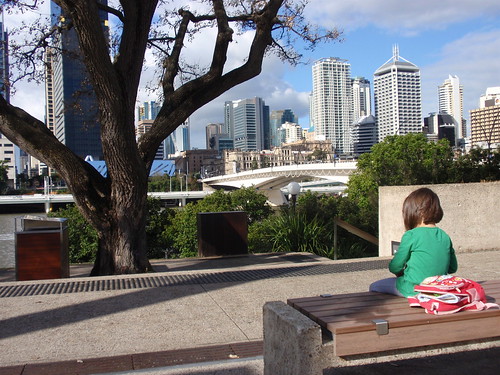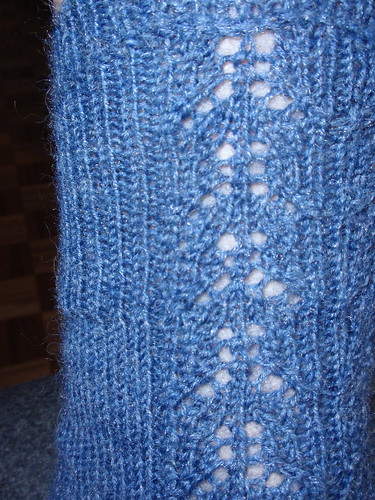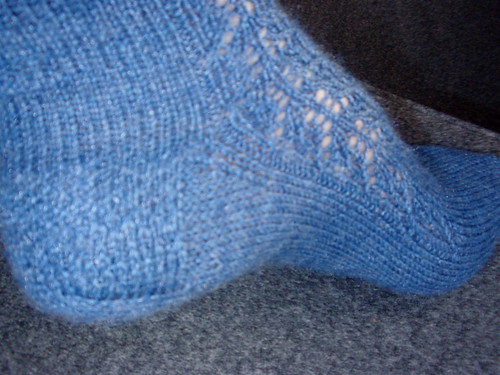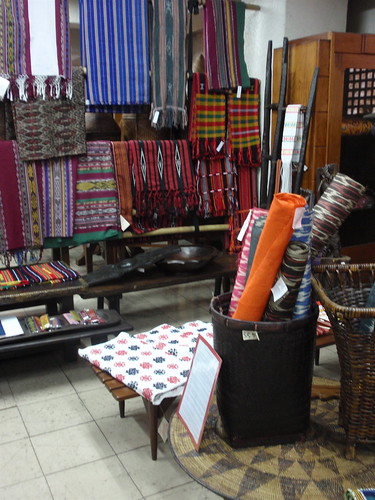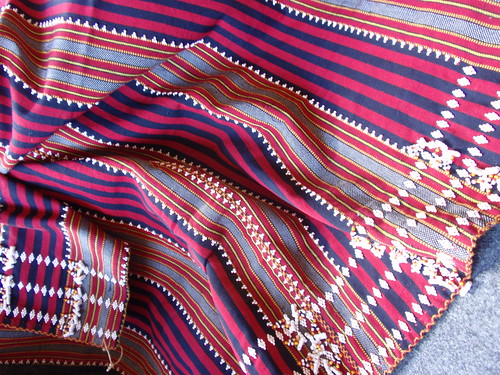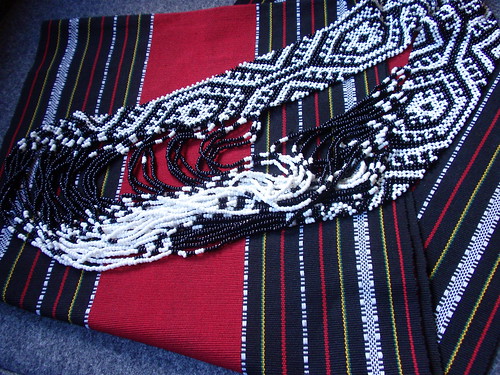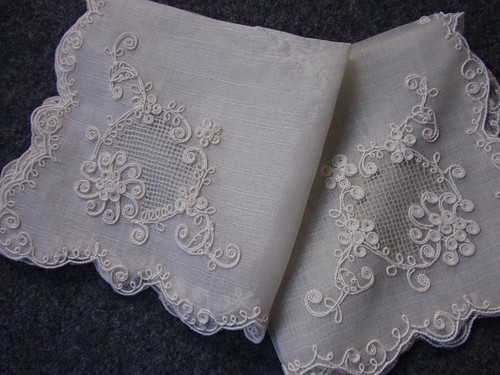I've been travelling again. Though I've only recently returned from my Malaysian trip, this time I had a very special reason for travelling. Three months ago, my son, who's living in the Philippines, and his partner had a baby boy - Joshua John. The baby was born two months prematurely and he initially had quite a tough time with lots of setbacks. I really felt I had to visit so I could get to know Joshua at this stage of his life. Fortunately, over the last few weeks he's really flourished and is now a picture of health and contentment.
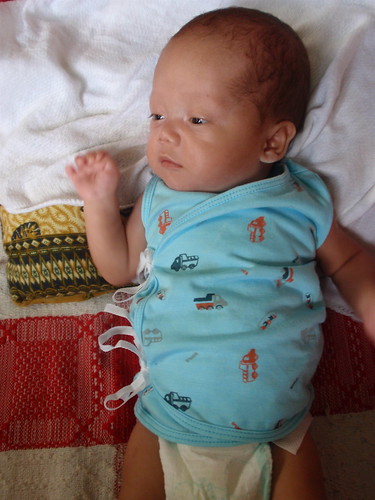
So I spent most of my week or so in the Philippines just admiring Joshua. But I did manage a few other activities:
* I visited Intramuros - the oldest part of Manila and once a walled city where we saw a wedding with very grandly dressed guests in the late sixteenth century church of San Agustin;

where we were ushered across the street by a guard dressed in an 'historic'
Katipunan uniform to my favourite craft and textile shop (but more of that in another post);

and where we strolled through the ruins of Fort Santiago and remembered Filipino hero Jose Rizal whose one hundred and fiftieth anniversary year this is.

I'm not sure how useful Rizal's advice now is. The Philippines' complex and often unfortunate history is certainly useful in understanding the present state of Philippine society and politics, but history doesn't provide any easy answers for how to exist in modern Asia. [Just as an aside - one of the unexpected minor pleasures of visiting Manila is the newspapers. Clearly I'm limited to English-language newspapers, but the Philippine press must be amongst the most free in the world. Most of the news stories are so partisan or so local or so convoluted I can't really appreciate them, but I love the comment columns...everything from sophisticated and informed sociological commentary on a current debate about art and blasphemy through to impassioned pleas from overseas Filipino workers arguing they should not be compulsorily expatriated from Libya because their families need the income they're generating. A window to a very different world].
* I had a two day trip to Magdalena, about 150k south of Manila in the province of Laguna where I stayed in a bahay kubo - a house of traditional materials. The house has grown somewhat since we
spent Christmas there a couple of years ago so this time there was a separate living room where Joshua and I spent most of our time
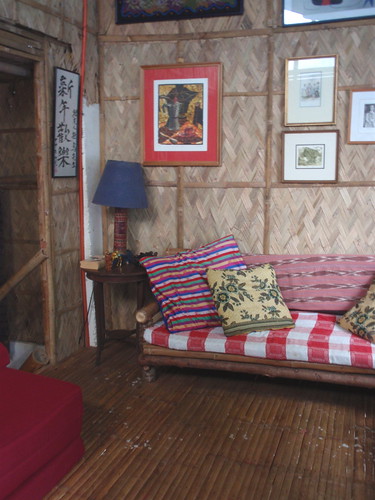
and a brand new bedroom where I, (probably because I'm fussiest) had the honour of sleeping

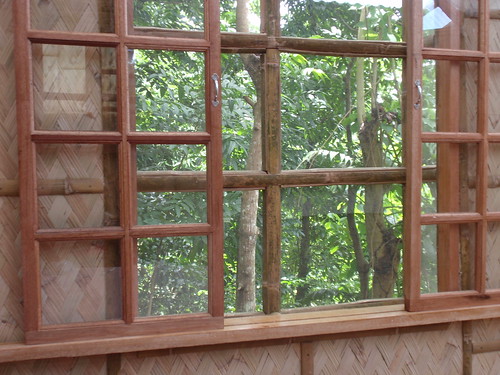
There's lots to like and admire about a bahay kubo. It literally sits very lightly upon the ground. Almost all the materials are either locally gathered (the bamboo for the walls and floors; many of the support posts) or locally crafted (the lovely window frames). Reluctantly, after the thatched roof had been twice destroyed by typhoons, the roof has been replaced with a kind of hardy corrugated plastic. I particularly love the textures the local materials provide and the softness of the bamboo flooring that gives slightly beneath your weight. I love showering and having the water run through the bamboo slats to the luxurious undergrowth beneath the house. But I don't like the insects! My visit coincided with the season when termites grow wings and go hunting for new nests. Any attempt to read at night was thwarted by the surprisingly large winged termites attracted by the light. And there are ants and tiny bamboo inhabiting insects and...other things I could (and did) only imagine.
The area of Laguna in which Magdalena is situated is steeped in Philippine history. The large lake, the Laguna, that's the centre of the province, was a major transportation hub for the Spaniards who colonised the Philippines from the sixteenth to nineteenth centuries. It's partly the setting for Rizal's novels of nationalist sentiment that every Filipino school child has to study,
Noli Mi Tangere and
El Filibusterismo, and a major site for resistance to the Spanish in the late nineteenth century. The area is also just beautiful - but vulnerable. Overpopulation, over-fishing, periodic floods, pollution from fertiliser and pesticides, and growths of water hyacinth haven't quite destroyed the laguna (lake), but its health is precarious.

On the drive down to Magdalena we made a short detour via the town of Pila where luck or circumstance has enabled the preservation of a largish number of old houses around a charming town plaza.
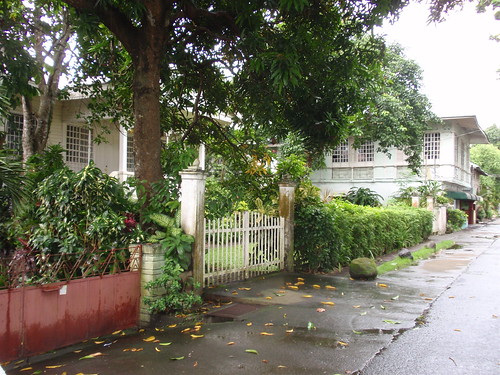
Some claim they're houses from the Spanish period, but I suspect a number of them date from the early twentieth century when the Philippines was a US colony. Anyway, the town has charm and I'd like to visit again - preferably when it's not raining.
* I did some malling (as in spending time in shopping malls). I malled in our local, crowded, cheap and cheerful mall
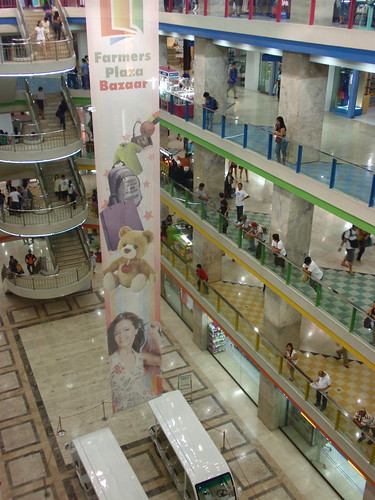
and I malled in the most beautiful, echoingly empty malls where every exclusive and expensive international design company is represented. I can't imagine how such places stay open. I certainly couldn't afford to shop in them and I've rarely seen others shopping in them. But they do have beautiful settings and meticulously cared for gardens.
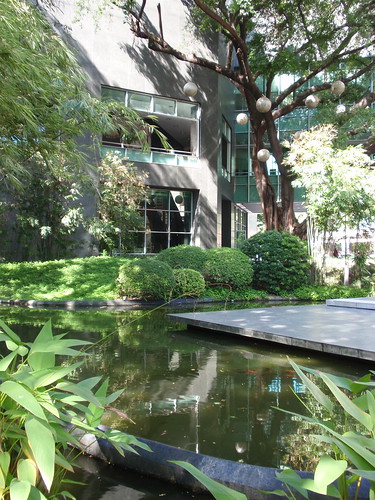
By the way, all I bought, (apart from traditional crafts), was baby clothes and baby paraphernalia, so there are no additions to my clothes tally for the year.
* Otherwise, I just hung around the house with Joshua, with brief forays into the local neighbourhood.
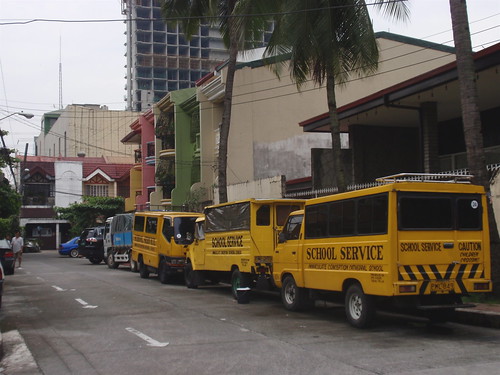
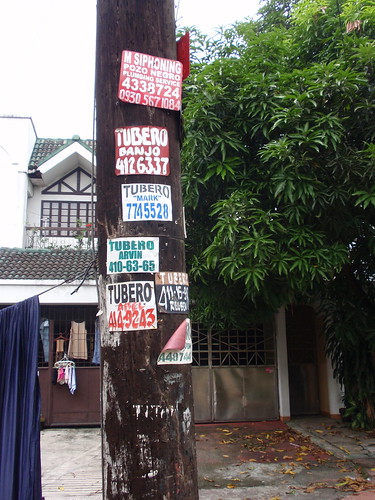
* And, as always happens when you visit Manila, I spent lots of time in traffic jams.

This is Aurora Boulevard, just around the corner from where I was staying. Eight lanes of traffic (in a road meant for six) with queues of jeepneys transporting people around the city, as well as two tracks for the ever-crowded light rail overhead. I guess transportation is always going to be a problem in a city of around 15 million people.
I'm not sure when I'll be back for another visit, but with Joshua's arrival I guess it won't be too long.



